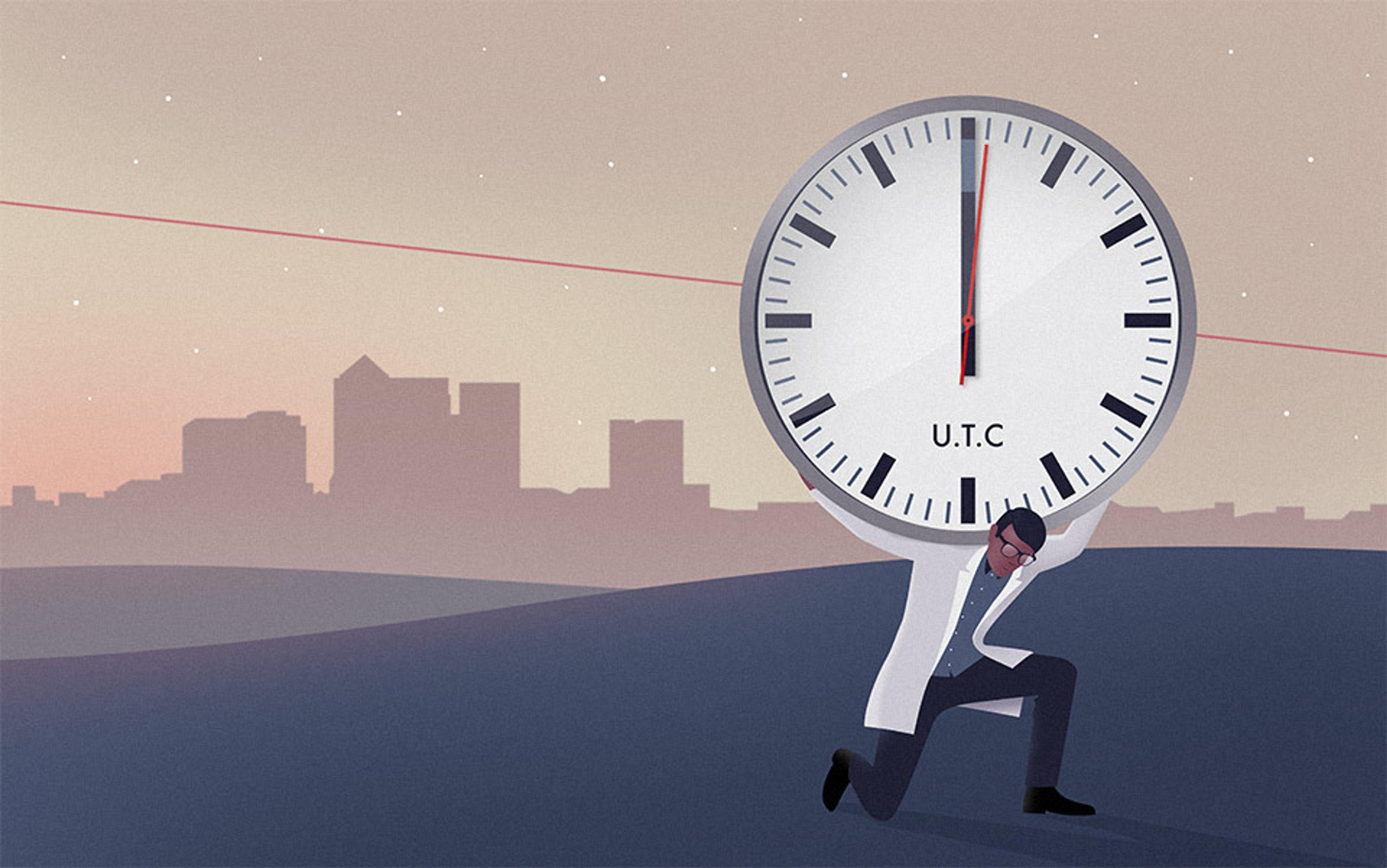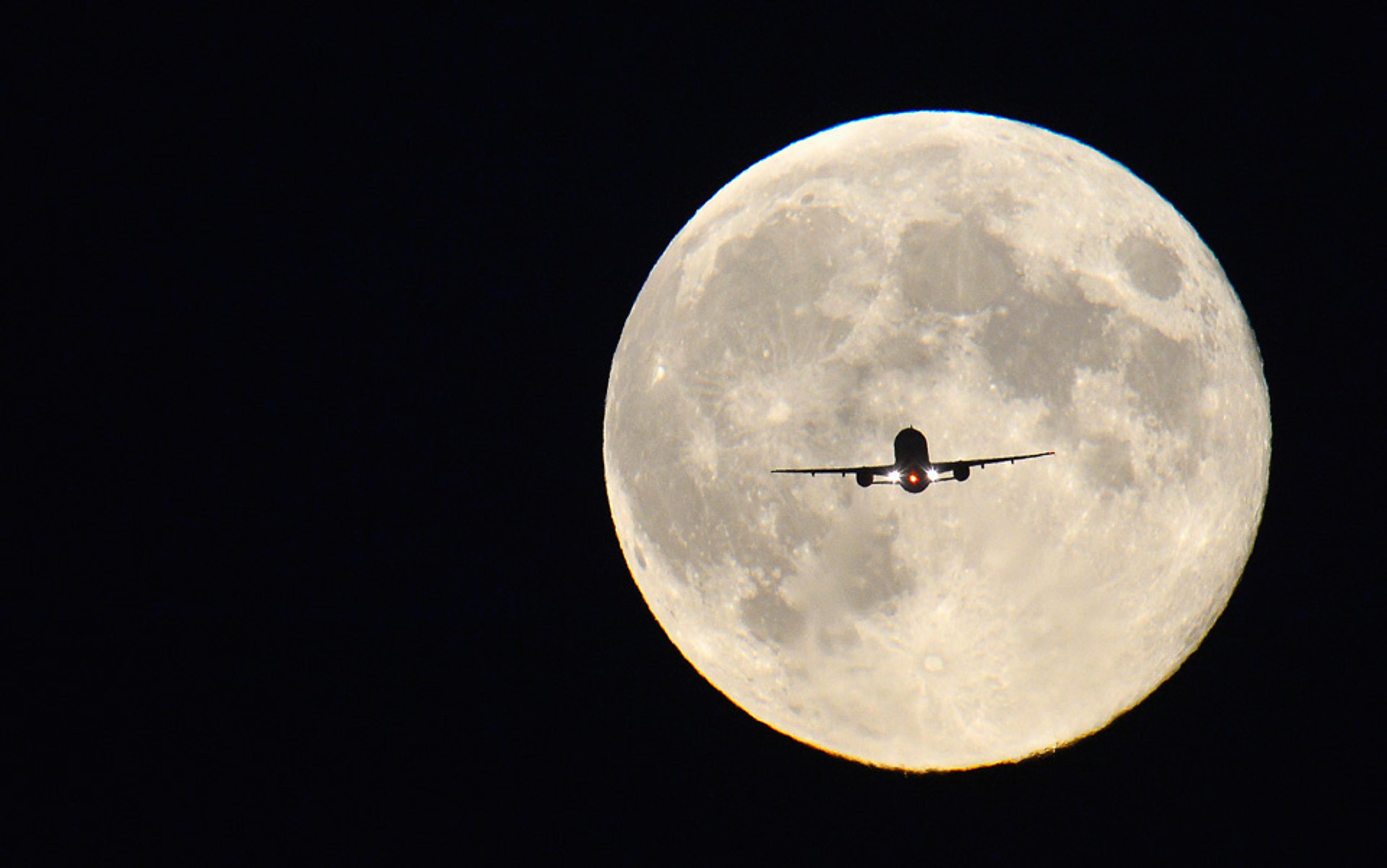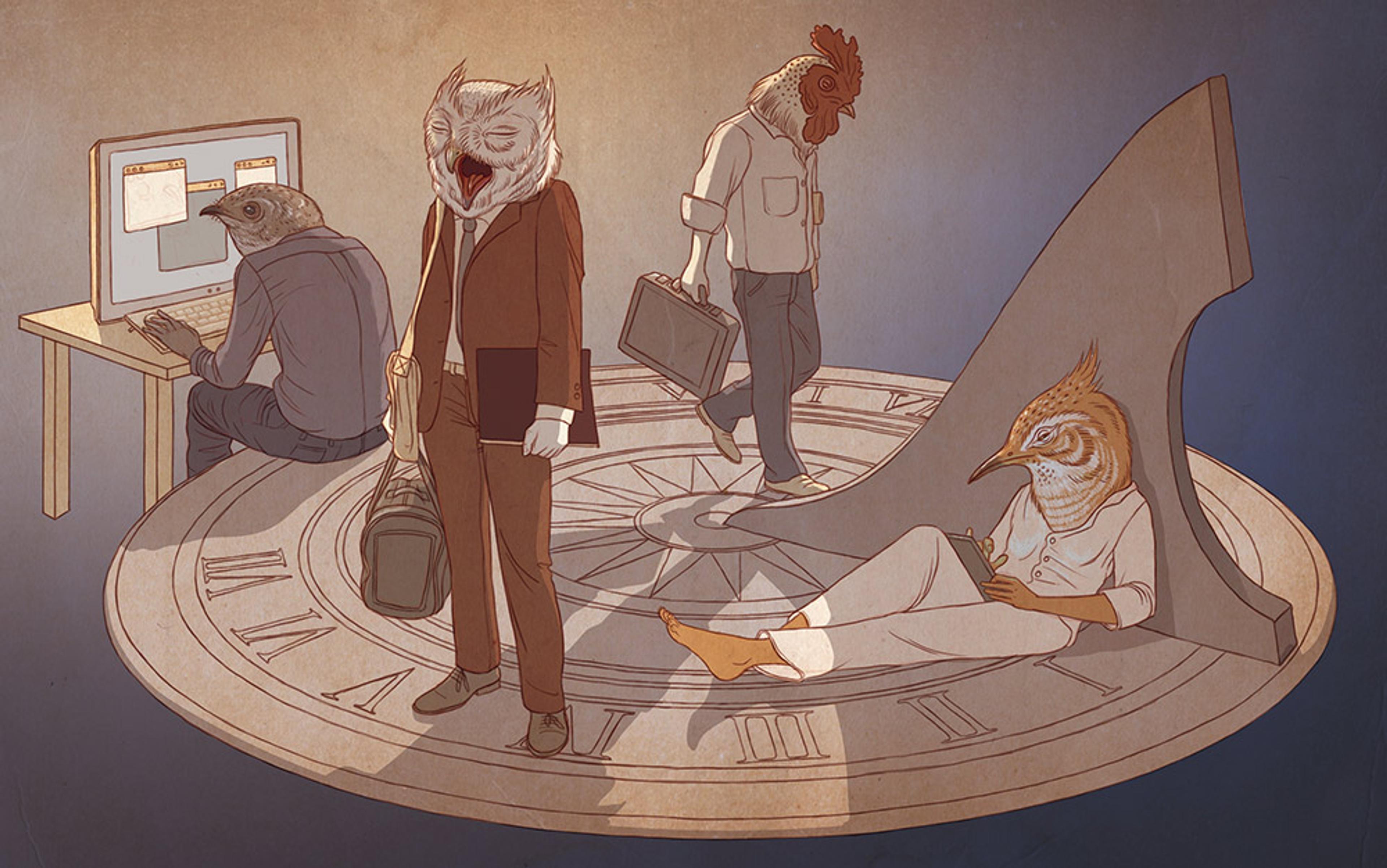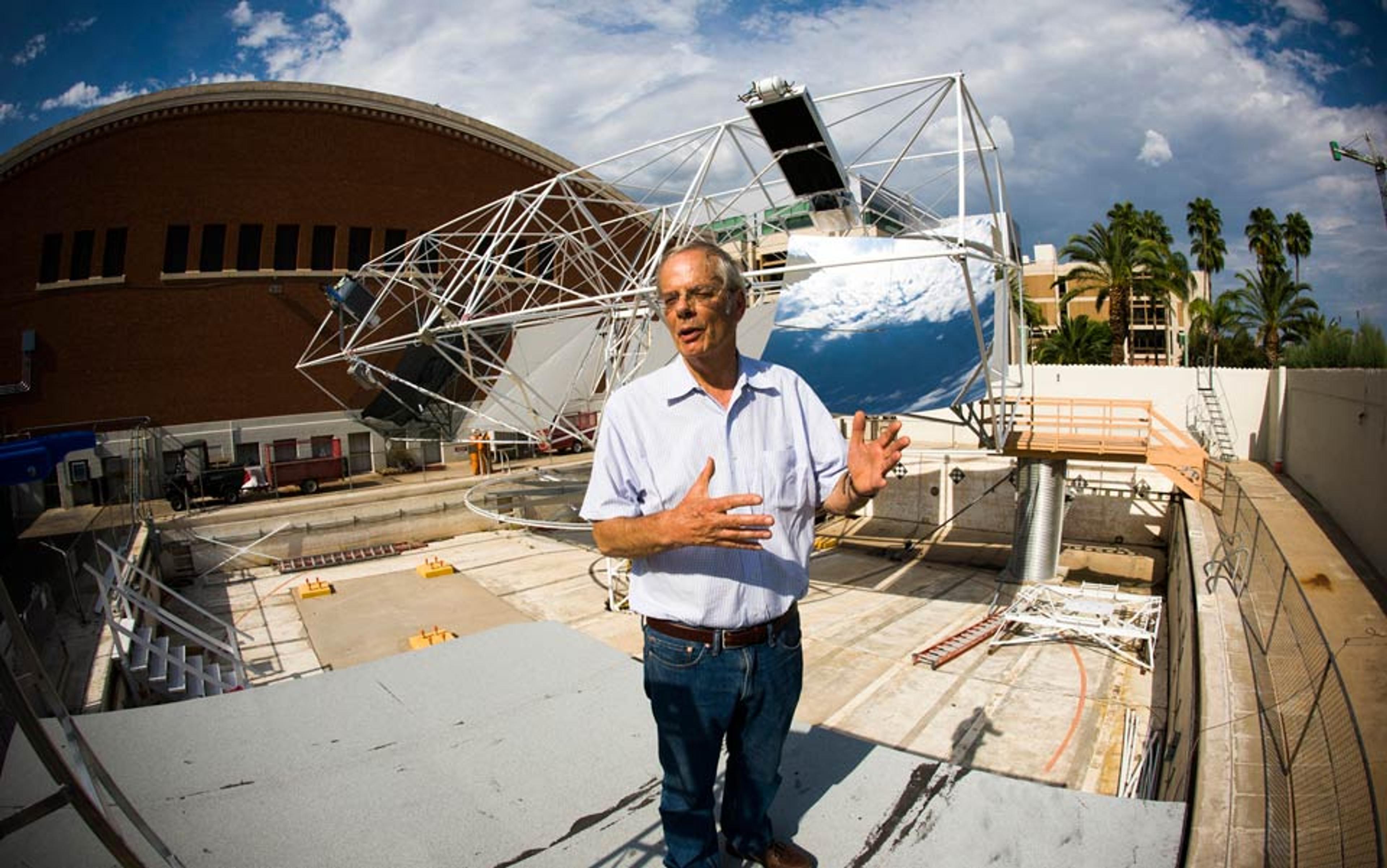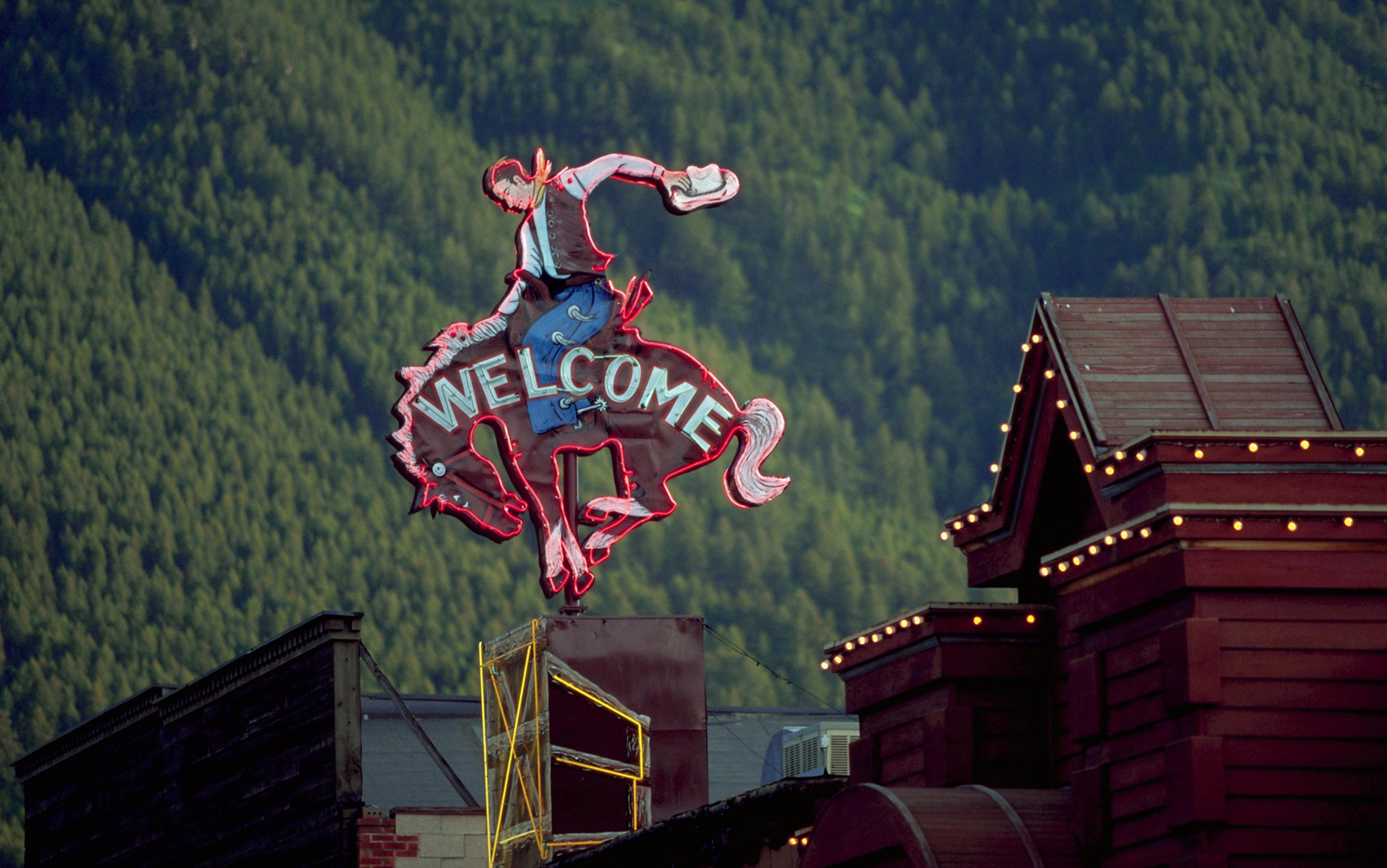Every now and then — once in two years, say — an extra second of time is legislated into the end of a day. This so-called leap second leads time on a tiny detour, from 23:59:59 to 24:00:00, via 23:59:60. It’s just a second. Most people take no notice. But everyone is affected, because we all share the same civil time, modulated by constellations of orbiting satellites, diplomatic protocols and computer networks. The hour gets doled out to us much the way water comes from the tap — processed and sanctioned, sometimes with an additive or two.
Since 1972, when the leap second was inaugurated, 25 extra seconds have been parcelled out to the public. Each one helped bridge the difference between the way we mark time’s march from day to day, and the way we divide the day. Despite its small size, occasional occurrence and quirky name, the leap second constitutes a cornerstone of our current civil timekeeping system.
In 2015, leap seconds will come up for international review. Four decades of use have allowed time for certain factions to find fault with the leap second, and to question whether periodically resetting all the clocks in the world is actually worth the bother.
I can certainly sympathise with that sentiment. The semi-annual switch between standard time and summer time all but undoes me. Only one of my clocks picks up the radio signal telling its hands when to ‘spring forward’ or ‘fall behind’, and I resent having to fiddle with all the others. Then, too, I find the single hour’s time difference more disturbing to my equilibrium than a multi-time-zone dose of travel-induced jet lag, probably because the seasonal change is imposed upon me. Nothing would please me more than to see my government abolish daylight-saving time, which is already widely ignored by other countries. It is ignored with impunity even by individual states and counties within the continental United States. Ending it at a stroke would not cause the slightest wrinkle in time.
Embedded in a wealth of time-stamped data sets, their presence will be felt indefinitely, like 25 peas under the mattress of history
The leap second, on the other hand, though only one-60th of one-60th of one hour, is not so easily dispatched. Neither the US Congress nor the British Parliament wields the clout to topple it. A leap second doesn’t just reset the clock; it changes the length of a minute. Leap seconds are persistent, too. Eliminating future ones will not expunge the 25 already in existence. Embedded in a wealth of time-stamped data sets, their presence will be felt indefinitely, like 25 peas under the mattress of history.
Specialised panels and working groups are busy now, studying the leap second in all its ramifications in preparation for 2015, when a global consortium of nation states will vote on whether to continue adding leap seconds in future. The decision to let them go would be historic — severing the age-old connection between time-reckoning and the heavens.
I wonder, do you still wear a wristwatch? Or do you tell time by your mobile phone? The latter has the advantage of automatically resetting itself to local time wherever you go, thanks to an alphabet soup of entities including UTC, TAI, GPS, BIPM, IERS, and ITU-R — about which more later. Another plus of mobile-phone time is that your phone tells the same time as anyone else’s. You need not synchronise mobiles with the friends you’re planning to meet, nor fear that the device might run fast or slow. It remains reliably on the receiving end of disseminated civil time.
The original wide-area time service available for human use is referenced in the Bible: on the fourth ‘day’ of Genesis, God put ‘lights’ in the firmament to serve as timekeepers to nail down the otherwise fuzzy concepts of ‘evening’, ‘morning’, and ‘day’. Duly charged ‘to divide the day from the night’, the heavenly lights were meant to provide also ‘for seasons, and for days and years’.
Thus the rising of the Sun (that is, the turning of the Earth on its axis) gives us each day. The movement of the Sun through the zodiac (as seen from an Earth in solar orbit) defines the year. The Moon, meanwhile, gives us our months, in its cycle from waxing to waning. In contrast, the finer slices of time — hours, minutes, seconds — are human inventions: time-management inventions, with no counterpart in nature.
A second of time has its roots in the sexagesimal numerology of the ancient Sumerians, but it was too fleeting an interval to be registered on a mechanical clock until the 16th century. By 1960, a single second could be subdivided into slivereens by an atomic clock. The regularity of atomic-frequency timepieces promised a far more reliable standard than the spinning or revolving of the wobbly old Earth, and forced authorities to rethink their concept of a second’s duration. In 1967, the official definition of a second changed accordingly. What had once been a tiny fraction (1/86,400) of a 24-hour day became the time taken by an atom of caesium-133 to flip through certain characteristic quantum-mechanical changes 9,192,631,770 times.
Given that all atoms of caesium-133 behave the same way, it’s tempting to regard the unwieldy number 9,192,631,770 as some sort of fundamental rhythm — a microcosmic time cue, or zeitgeber. But in fact, the International Bureau of Weights and Measures in Paris (abbreviated as BIPM for Bureau International des Poids et Mesures) chose that atomic frequency as the new standard unit because it matched the old standard. In other words, 9,192,631,770 caesium fluctuations almost exactly equal an 86,400th of a mean solar day. Nevertheless, the atom trumps the planet because its rate remains constant. Its pulse is not expected to vary by so much as a nanosecond over the course of a millennium. Meanwhile, the Earth hiccups and falters. Its rotation, as monitored by the International Earth Rotation and Reference Systems Service (IERS), speeds up and slows down in response to the motions of the tectonic plates that pave its surface, the flow of molten iron in its core, the recession of glaciers, the circulation of the atmosphere, and, most important, the pull of the Moon.
Ocean tides raised by the Moon put brakes on the Earth’s rotation, slowing the spin at a gradual but unpredictable rate. The deceleration has been ongoing for aeons. At the present pace, compared to the length of a day in atomic time, today stretches 2.5 milliseconds longer than yesterday, and tomorrow will gain 2.5 milliseconds over today. These small daily increments add up to almost one second over the course of a year, but the precise tally rises or falls at the whim of other factors influencing the Earth’s rotation. The more the Earth slows down in future, the more frequently a leap second will intervene in our affairs. They might come as often as quarterly by the year 2250, and then monthly by 2600.
I wouldn’t mind additional leap second insertions. But then, I don’t programme computers, or control air traffic, or perform any of the myriad time-sensitive activities that would make me a stakeholder in the leap-second debate. I am merely a person who still wears a wristwatch, owns a sundial, and takes an abiding interest in all aspects of finding, keeping, and telling time.
Which is how, in May this year, I wound up at a conference in Charlottesville, Virginia, surrounded by individuals with passionate feelings and opinions about leap seconds. The attendees — 19 in person, plus one by Skype — came from the US, the UK, Canada, France, Germany, Japan, and the Vatican Observatory, representing fields ranging from software and aerospace engineering to orbital mechanics, geodesy, and telecommunications, not to mention precision timekeeping.
By chance, I happened to sit next to Daniel Gambis of the Observatoire de Paris. If any individual could be said to carry the weight of the leap second on his shoulders, that person is Doctor Gambis. As director of the Earth Orientation Centre of the IERS, he issues the semi-annual bulletin that tells the world whether and when to insert — or, if necessary, remove — a leap second.
The six-month advance warning allows ample time to prepare. Leap-second insertions are scheduled on one of two calendar dates, 30 June or 31 December — or both, as happened in 1972, when there was more catching up to do. No leap seconds at all accrued, however, in the seven-year stretch between 1998 and 2005, demonstrating the erratic nature of the Earth’s ever-changing situation.
The 25 leap seconds accumulated to date have extended 15 New Year’s Eves and 10 short summer nights. The most recent leap second occurred last year, on 30 June 2012. I had envisioned Gambis as a modern Atlas, upholding the globe, but found him a trim, pleasant, soft-spoken scientist with an expertise in Earth-rotation parameters and no apparent delusions of grandeur. Before boarding his flight to the US, he had already announced that there would be no leap second in 2013.
The 11 definitions my Random House unabridged dictionary gives for the word ‘leap’ have mostly to do with saltation — as when Superman leaps tall buildings in a single bound. Only definition number 10, ‘an abrupt transition’, comes close to the time sense of the word, and even this fails to limn leap’s contributions to calendars and clocks.
‘Leap’ allows us to pretend, for example, that a year contains 365 days, when in fact the total is closer to 365.25. For the convenience of whole numbers, we accept the anomaly of a 366-day year every four years (more or less). Year in, year out, ‘leap’ makes peace between the pace of the Earth’s rotation and the rate of its revolution.
On the split-second level, ‘leap’ mediates between the precision of atomic time and the position of our Sun in the sky. It is worth noting that while a leap year is a year with an extra day (Leap Day — February 29, when turnabout is fair play), a leap second lasts no longer than any other second. Applied to a minute, a positive leap second creates a 61-second interval that is not called a leap minute. (Nor would the 59-second outcome of a negative leap, should one ever be required, be called a leap minute.)
A leap minute, rather, is a hypothetical way of putting off till tomorrow what leap seconds do today. If instituted, it would allow the powers responsible for time measurement and distribution to defer insertion till the leap-second debt reached 60, and trust some future authority to intercalate them all at once. But a leap minute would likely add up to a much bigger headache than the sum of its 60 leap seconds. A future Doctor Gambis would need to set the date for a leap-minute intercalation years in advance. And how could he do that, when the vagaries of Earth’s rotation defy long-term prediction?
It is no exaggeration to say that the leap second defines our current reckoning of civil time, known as Coordinated Universal Time, the world’s legal timescale. The slightly scrambled acronym for Coordinated Universal Time — UTC instead of CUT — effects a compromise between the English phrase and its French equivalent, Temps universel coordonné. Several kinds of co-ordination are implicit in the term, beginning with the co‑ordination of time services the world over, to be sure they all broadcast the same time. Then there is the co-ordination of the approximately 200 atomic clocks at more than 50 national laboratories (including the US Naval Observatory in Washington and the UK’s National Physical Laboratory in Middlesex) that the BIPM in Paris relies upon to establish its time frequency standard. Last but not least, there is the co-ordination of atoms with astronomy.
In the reckoning of purely atomic time — International Atomic Time, aka TAI (for Temps atomique international) — one atomic second follows another, no matter what happens to the Earth in space. UTC, too, ticks off atomic seconds, but does so in deference to the heavens. The inclusion of occasional leap seconds ensures that noon UTC falls at, or very close to, the moment the Sun crosses the Greenwich meridian. If the stroke of noon UTC and the Sun’s noonday rendezvous with the Greenwich meridian drift apart by more than a fraction (nine-10ths) of a second (averaged over the course of a year), a leap second comes to the rescue.
The demise of UTC as we know it would alter the meaning of ‘day’ that underpins legal, cultural and religious practices the world over
The Greenwich meridian embodies such historic importance that, if it passed through the US, a theme park would doubtless have sprouted around it. Even in London, nestled among the 17th-century buildings of the Royal Observatory in Greenwich, it excites a carnival atmosphere, and few visitors leave the site without Tweeting a picture of themselves straddling the meridian, one foot in either hemisphere.
The meridian line on the ground, emblazoned by stainless steel borders, corresponds to the intangible celestial meridian overhead, which is illuminated at night by a green laser projecting nearly 40 miles northward across the London sky. Greenwich astronomers of old used to train telescopes on that north-south line in the heavens to observe and record the times of the nightly transits, or passages across the meridian, of the stars. The Sun’s transit of the line is what divides the day into its am (antemeridian) and pm (postmeridian) halves.
Observations of the Moon and stars taken at the Royal Observatory and published in its Nautical Almanac held thousands of ships on their proper courses from the mid-18th century onward. They all calculated their position with regard to the Greenwich meridian. Later, the zero-degree meridian line at Greenwich helped the railroads, too. When the rise of rapid rail transit in the late 19th century divided the world into time zones, delegates at the 1884 International Meridian Conference declared Greenwich to be the Prime Meridian of the World — the designated starting line for all measures of time and place.
The globe, like some giant orange, was sectioned into 24 equal ‘lunes’ or crescents, each one a time zone differing by one hour from its contiguous companions. Today’s divisions look a lot less equitable, with all of Europe lumped together for commerce’s sake, and jagged lines up and down the Pacific Ocean indicating how island nations align themselves with the mainland. Although trains begat time zones in the first place, the Trans-Siberian railroad cleaves to Moscow time all the way cross-country to Vladivostok on the far east coast of Russia, a distance spanning eight time zones.
All the world’s longitudes continue to be calculated east or west of Greenwich, but the actual meridian line of zero degrees longitude no longer coincides with the much-photographed steel-trimmed strip in the observatory’s stone-paved courtyard. It lies some 100 yards to the east, where it runs into a Greenwich Park rubbish bin. This inadvertent relocation occurred in 1984, with the launch of the US Global Positioning System. The GPS developers had intended to match the system’s reference point to the Greenwich meridian, out of respect for tradition (to say nothing of a plethora of existing maps) but tiny technical errors — still not entirely understood, according to Stephen Malys, senior scientist for geodesy and geophysics at the National Geospatial-Intelligence Agency in Springfield, Virginia — crept into the calculations.
Perhaps even more of an affront to British pride than the misplaced meridian is the fact that Greenwich Mean Time (GMT) is no longer the world standard. GMT fell out of official favour in the 1920s, for semantic reasons.
For generations, Greenwich astronomers, not wanting to interrupt a night’s work by a change of date, had been advancing their calendars at noon. When they at last conformed to what the public perceived as the start of a new day at midnight, GMT meant two times that differed by 12 hours and a calendar page. That is, 16:00 on Tuesday could be mistaken for 04:00 on Wednesday. To avoid confusion, the International Astronomical Union urged its members to cease all reference to GMT after 1928. Enforcing this prescription has proved difficult, however, and the term lives on. People all over the world say GMT when they really mean UTC, or aren’t sure what they mean. But UTC is not simply a new coinage for the old GMT, because UTC is founded on the modern atomic-frequency definition of a second.
Numerous other timescales coexist alongside the diehard GMT, the triumphant UTC, and the BIPM’s TAI. These additional scales are maintained for specialised purposes — for astronomy, for example, for navigation and for telecommunication. Some of them ignore the Earth’s rotation and rely instead on its revolution (assessing its orbital position via very-long-baseline interferometry with radio telescopes pointed at quasars in deep space). The various timescale names are sometimes misused even by expert horologists. A partial list includes GPS time, Ephemeris Time (ET), and relativistic timescales consistent with Albert Einstein’s general theory of relativity — Terrestrial Dynamical Time (TDT or TT), Barycentric Dynamical Time (TDB), Geocentric Co‑ordinate Time (TCG) and Barycentric Co-ordinate Time (TCB) — as well as the uncoordinated brethren of UTC, known as UT0 (zero), UT1 and UT2. These last three versions of universal time, though related to the Earth’s rotation, do not increase by leap seconds.
For several years before the birth of the leap second, time authorities assured the agreement of UTC noon and Greenwich noon with an elastic approach — repeatedly altering the frequency and offset of time broadcasts relative to atomic standards. In 1972 authorities adopted the more straightforward approach of using a constant frequency coupled with uniform leap-second additions as needed.
But by 1992 the leap second had come under scrutiny by critics who rued any sort of intrusion in the flow of time. Another 20 years have hardened the arguments pro and con. Opponents of leap seconds cite the prospect of ever more frequent insertions and their attendant (unknown) costs. They also see the spectre of potential catastrophe lurking in a leap second’s elapse. Defenders, for their part, can point to the leap second’s four-decade safety record: despite fears voiced before the first insertion — ‘Planes will crash!’ — no such disaster has yet marred the intercalation of a leap second.
If you could disconnect yourself from the world long enough — a month, perhaps — you could discover your body’s internal time
Over and over in the Charlottesville discussions, I heard the phrase: ‘If it ain’t broke, don’t fix it’ emerge from the mouths of speakers who would otherwise be loath to say ‘ain’t’. Fearing that changing the nature of UTC might introduce new problems that no one has anticipated, the majority of delegates favoured maintaining the current system of civil time
But the decision is not theirs to make. The fate of the leap second rests with the Radiocommunication Sector of the International Telecommunication Union (ITU-R), a specialised agency of the United Nations with headquarters in Geneva. The last time the ITU-R’s subject expert members met to vote on the momentous question of the leap second, in 2012, they decided not to decide, and postponed the decision to 2015.
Doing away with the leap second means decoupling civil time from the Earth’s rotation — something that has never been attempted by any known civilisation. The demise of UTC as we know it would alter the meaning of ‘day’ that underpins legal, cultural and religious practices the world over. UTC would no longer be ‘coordinated’ in the same fashion. Although it would take a few thousand years for Saturday to fall on Sunday, that event would loom on the horizon.
Much as I would hate to let go of the leap second, I can see its demise as another step in the bending of time to human purpose. In the future, long after our methods of timekeeping have abandoned any connection with solar time, our body clocks might retain the only vestige of it.
Inside the human brain, a master clock called the suprachiasmatic nucleus drives the circadian rhythm of everyday functions such as sleeping and waking. In real life, these rhythms yield to the influence of time cues, from the rising and setting of the Sun to the press of social obligations. But underneath the schedules dictated by office hours, classroom periods, mealtimes, bedtimes and the like, an ancient rhythm thrums, loosely tied to the Earth’s rotation. If you could disconnect yourself from the world long enough — a month, perhaps — you could discover your body’s internal time for yourself.
I had that opportunity some years ago, as a volunteer subject in a research project at the Montefiore Medical Centre in New York, funded by the US National Institutes of Health and designed to monitor behaviour in the absence of normal time cues. The researchers hoped to discover fundamental truths about human circadian rhythms that might explain why certain medical treatments proved alternately helpful or harmful depending on the time of day they were administered.
I spent several weeks in the laboratory’s small, soundproofed apartment, where the boarded-up windows kept me from knowing whether it was day or night outside. Though I lived by my own internal schedule, separated from everyone I knew, I was not isolated. Attendant technicians came and went, using my waking hours to test my alertness, monitor my temperature and collect frequent samples of bodily fluids. When I declared the end to a day, they wired me with electrodes to chart the stages of sleep and dreaming through my ‘night,’ which fell when I turned out the overhead light. I never knew what time it was.
The truth seemed tragic to me then: I belonged to a 25-hour species trapped on a 24-hour planet
I reacted as every other subject had when tested in this bizarre environment: I adopted a 25-hour day, which I achieved by unwittingly going to bed an hour later every night. Aside from the fact that I felt as confined and observed as any laboratory guinea pig, I had what others often cry for — an extra hour in the day. But I didn’t know it, because I never got to compare the start and end of my day with the outside world. The technicians preserved the integrity of my private time‑reference frame by removing their wristwatches and refusing to allude to time. A sign posted for their benefit outside my door reminded them: ‘Do not say Good Morning. Say Hello.’
I felt as normal as one could feel under the circumstances. When the experiment ended, I was shocked to see how far I had drifted from clock time. The truth seemed tragic to me then: I belonged to a 25-hour species trapped on a 24-hour planet. And yet, as I’ve come to accept, the 25‑hour rhythm coupled with the ability to adjust to ambient time cues confers an adaptive advantage. All of the Earth’s creatures possess a circadian rhythm somewhere in the neighbourhood of 24 hours, give or take an hour.
The flexibility allows us to cope with changing times. It lets the scientists who remotely control the Mars exploration rovers adopt the Martian sol — which lasts half an hour longer than an Earth day — as their time frame, even while they continue to live and work in Earthly surroundings.
On the final day of the Charlottesville conference, the organisers escorted our group to nearby Monticello, the former house and gardens of Thomas Jefferson, now a museum. We all wanted to see the sundial that the third president had designed for his residence, and also his great seven-day clock with its weights and chimes running through holes in the entrance hall floor.
As the name Monticello suggests, the site tops a small mountain. We drove up to it through wooded hills, turned many shades of green by the rainy spring. As we got out of the cars, a loud sound assailed us. A buzzing, whining, hum filled the air and caught everyone’s attention. It came from the masses of cicadas that could be seen on every tree. Recently roused from their species-specific 17-year sleep by some evolved biological alarm, the cicadas had awakened to find mates and procreate in a burst of song. Their frenzy bespoke some insect zeitgeber, insensible to us, that tuned the tiny creatures to this sunny day.
Jefferson’s sundial, of spherical design, recalled the era when local solar apparent time sufficed to coordinate all the activities on his estate. The hour shown on his dial would have differed a bit from the time on his neighbours’ farms to the east or west, but with no consequences to anyone.
Inside the manor house, the great mechanical clock with its many moving parts told a different kind of time — the more consistent ‘mean solar time’, that ran as much as 15 minutes ahead or behind of the sundial, depending on the season. Daylight Saving Time, though proposed by Jefferson’s great friend Benjamin Franklin, in 1784, still lay more than a century away from implementation.
At the end of the house tour, I walked through Jefferson’s vegetable gardens, past the small cemetery where he lies buried, and on down a forest path toward the parking lot. The sound of the cicadas seemed to reach its crescendo here. For a moment, I wondered how their noisy trilling might resonate with the frequency of caesium.
